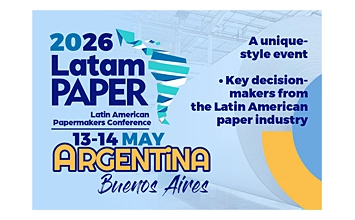At the University of Oulu, doctoral researcher Mohammad Karzarjeddi has developed advanced nanocellulose-based foam materials designed for sustainable applications in water purification, smart packaging, and next-generation electronics.
His dissertation highlights how bio-based foams made from wood pulp can replace fossil-derived materials in multiple industrial sectors.
These lightweight foams—known as aerogels—consist of up to 99% air by weight, yet retain remarkable strength and versatility. “Cellulose is first converted into hydrogels of thin nanofibers, then dried into ultra-light, highly porous solids,” explains Karzarjeddi. “These aerogels can remove pollutants from water, react to humidity or temperature in smart packaging, and even support wireless communications.”
One of the study’s breakthroughs involved magnetic, hydrophobic aerogel beads capable of absorbing oils and organic solvents up to 280 times their own weight. These beads can be recovered and reused, offering a promising tool for water remediation.
Beyond water purification, nanocellulose foams also show strong potential in smart and sustainable packaging. Their structure can be engineered to respond to humidity or temperature changes, enabling active packaging that protects sensitive products like food or pharmaceuticals. Fully bio-based and recyclable, these foams contribute to the transition away from fossil-based plastics toward circular, fiber-based solutions.
Nanocellulose foams have further demonstrated potential in 5G and 6G telecommunications, where their low signal losses make them suitable for manipulating high-frequency radio waves.
Karzarjeddi’s supervisor, Professor Henrikki Liimatainen, emphasizes the broader significance: “New bio-based materials that advance sustainability while enabling future technologies are widely needed. Nanocellulose can be shaped into foams, films, or composites for lighter, stronger, and more efficient products.”
The research was conducted within Oulu’s Fibre and Particle Engineering unit, which has also explored water-resistant nanocellulose films for food packaging and printed electronics.
The University of Oulu, located in northern Finland, is a multidisciplinary research university known for its strong expertise in materials science, environmental engineering, and sustainable technologies. Its Fibre and Particle Engineering Research Unit focuses on developing bio-based materials that advance the circular economy and reduce reliance on fossil resources.

























































